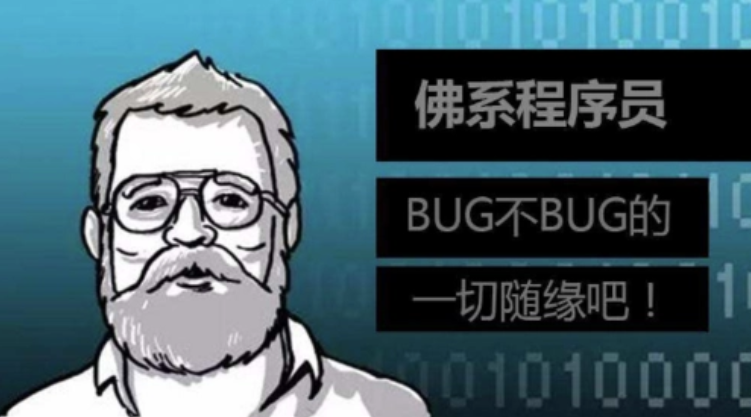使用 DPDK 实现一个简单的防火墙(基于 L4 规则)涉及到处理传入的网络数据包,并根据预设的规则决定是否允许或阻止这些数据包。下面是一个基础示例,展示如何通过 DPDK 创建一个简单的 L4 防火墙,主要关注 TCP 和 UDP 协议。
前提条件
确保您已经安装了 DPDK,并配置了相关环境变量。
示例代码
以下是一个基本的实现示例,演示如何处理数据包并检查源和目的端口。
#include <stdio.h>
#include <stdint.h>
#include <rte_eal.h>
#include <rte_ethdev.h>
#include <rte_ip.h>
#include <rte_tcp.h>
#include <rte_udp.h>
#include <rte_mbuf.h>
#define NUM_MBUFS 8191
#define MBUF_SIZE (sizeof(struct rte_mbuf) + RTE_PKTMBUF_HEADROOM)
#define ALLOWED_TCP_PORT 80 // Allow traffic on port 80 (HTTP)
#define ALLOWED_UDP_PORT 53 // Allow traffic on port 53 (DNS)
static uint16_t port_id;
static void process_packet(struct rte_mbuf *mbuf) {
struct ether_hdr *eth_hdr;
struct ipv4_hdr *ipv4_hdr;
// Parse Ethernet header
eth_hdr = rte_pktmbuf_mtod(mbuf, struct ether_hdr *);
if (eth_hdr->ether_type == rte_cpu_to_be_16(ETHER_TYPE_IPv4)) {
ipv4_hdr = (struct ipv4_hdr *)(eth_hdr + 1);
// Check for TCP or UDP protocol
if (ipv4_hdr->next_proto_id == IPPROTO_TCP) {
struct tcp_hdr *tcp_hdr = (struct tcp_hdr *)((uint8_t *)ipv4_hdr + (ipv4_hdr->ihl * 4));
printf("Received TCP packet: src_port=%u dst_port=%u\n",
ntohs(tcp_hdr->src_port), ntohs(tcp_hdr->dst_port));
// 检查是否允许此 TCP 包
if (ntohs(tcp_hdr->dst_port) != ALLOWED_TCP_PORT) {
printf("Blocked TCP packet to port %u\n", ntohs(tcp_hdr->dst_port));
rte_pktmbuf_free(mbuf); // 丢弃数据包
return;
}
} else if (ipv4_hdr->next_proto_id == IPPROTO_UDP) {
struct udp_hdr *udp_hdr = (struct udp_hdr *)((uint8_t *)ipv4_hdr + (ipv4_hdr->ihl * 4));
printf("Received UDP packet: src_port=%u dst_port=%u\n",
ntohs(udp_hdр.src_port), ntohs(udp_hdр.dst_port));
// 检查是否允许此 UDP 包
if (ntohs(udp_hdр.dst_port) != ALLOWED_UDP_PORT) {
printf("Blocked UDP packet to port %u\n", ntohs(udp_hdр.dst_port));
rte_pktmbuf_free(mbuf); // 丢弃数据包
return;
}
}
// 如果符合规则,可以继续转发或处理这个包...
}
// Free mbuf after processing
rte_pktmbuf_free(mbuf);
}
int main(int argc, char **argv) {
int ret;
uint16_t nb_rxd = 128; // Number of packets to receive
ret = rte_eal_init(argc, argv);
if (ret < 0) {
fprintf(stderr, "Error with EAL initialization\n");
return -1;
}
port_id = atoi(argv[1]); // Get port ID from command line argument
struct rte_eth_conf port_conf_default = { .rxmode = { .max_rx_pkt_len = ETHER_MAX_LEN }};
ret = rte_eth_dev_configure(port_id, 1, 1, &port_conf_default);
if(ret !=0){
printf("Failed to configure device\n");
return -1;
}
ret = rte_eth_rx_queue_setup(port_id, queue_id, nb_rxd,
rte_socket_id(), NULL);
ret = rte_eth_tx_queue_setup(port_id, queue_id, nb_txd,
rte_socket_id(), NULL);
ret = rte_eth_dev_start(port_id);
while(1){
struct rte_mbuf *pkts_burst[BURST_SIZE];
uint16_t rx_count;
rx_count = rte_eth_rx_burst(port_id, queue_id, pkts_burst,BURST_SIZE);
for(uint16_t i=0;i<rx_count;i++){
process_packet(pkts_burst[i]);
}
}
return ret;
}
编译与运行
- 使用
Makefile或其他构建工具编译代码。 - 在运行前配置网络接口以支持 DPDK(绑定到 DPDK 驱动程序)。
- 启动程序时传入相应的端口ID作为参数。
注意事项
- 本示例仅提供了接收、解析和简单判断防火墙逻辑的框架,实际应用中可以扩展更多的功能,例如更复杂的规则管理、日志记录等。
- 请确保在有足够权限和正确配置的网络环境中运行此代码,以免影响系统正常通信。
- 在生产环境中,还需要考虑安全性、性能优化及可用性等问题。
希望这个示例能帮助你理解如何使用 DPDK 实现基本防火墙功能!如果有任何疑问或需要进一步的信息,请随时询问。
内容由零声教学AI助手提供,问题来源于学员提问






















